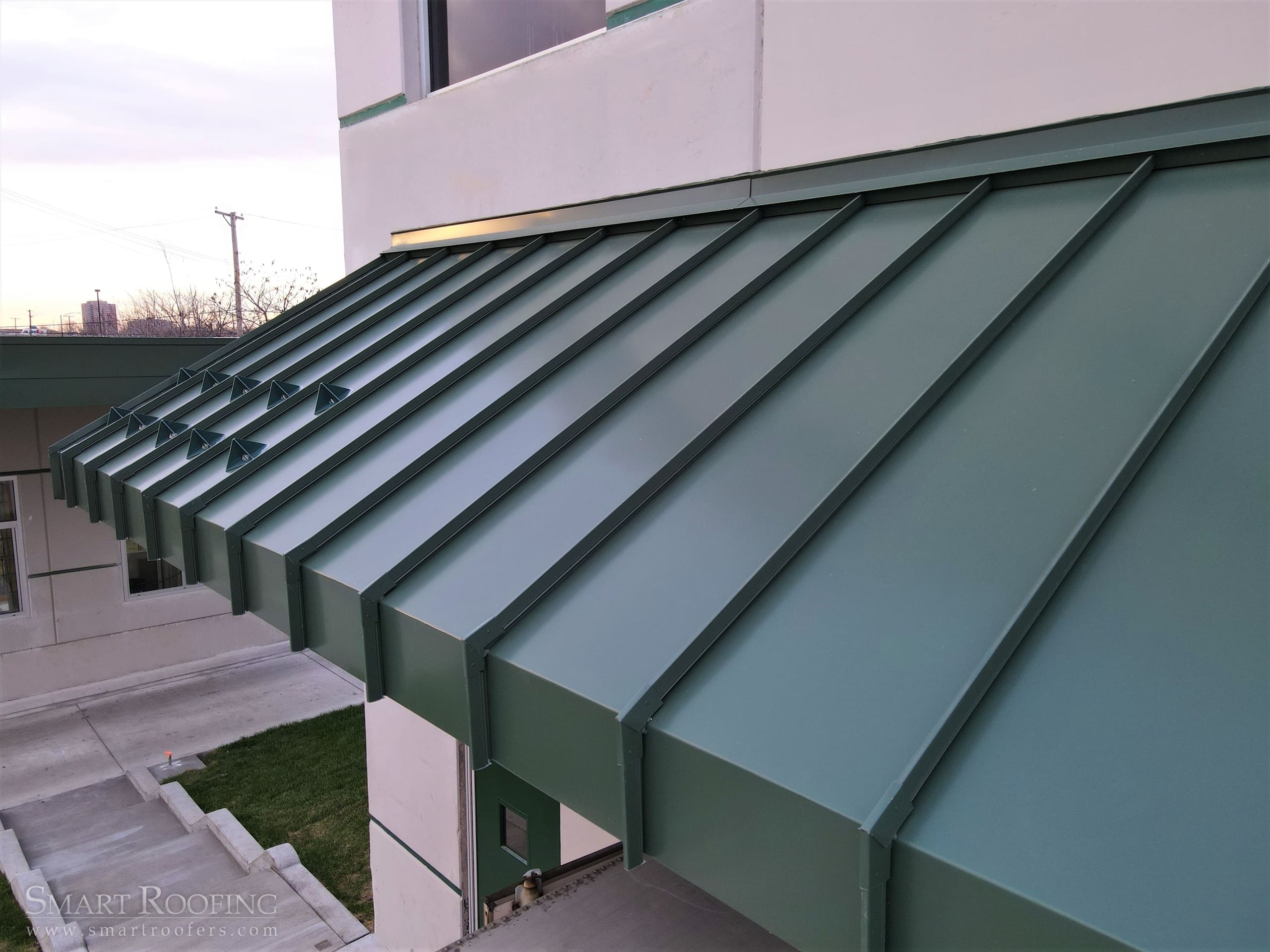Roofing is a critical part of architecture for several necessary reasons:
Protection from the Elements: One of the primary features of a roof is to supply shelter and safety from environmental components corresponding to rain, snow, wind, and extreme temperatures. Great site prevents water from entering the constructing, which may trigger structural injury, mould progress, and different issues.
Structural Integrity: Roofs play a crucial role in sustaining the structural integrity of a constructing. They distribute the load of the roof and any hundreds (e.g., snow) evenly to the partitions and foundation. A well-designed and properly constructed roof ensures the soundness and security of the complete construction.
Aesthetics and Design: Roofs are a visual and outstanding part of a building's exterior. Architects use roof design to boost the overall aesthetics of a structure. The form, materials, and magnificence of the roof can contribute to the architectural character and enchantment of a constructing.
Environmental Considerations: Sustainable structure places an emphasis on vitality efficiency and environmental responsibility. Roofing materials and design can influence a building's power efficiency. For example, cool roofs can mirror more sunlight and take up less heat, reducing cooling costs and concrete warmth island effects.

Natural Lighting and Ventilation: Roof design can incorporate features like skylights, dormers, and roof vents to supply pure lighting and ventilation inside a building. This can improve indoor comfort and reduce the necessity for artificial lighting and mechanical ventilation.
Historical and Cultural Significance: In some architectural styles, such as Gothic or Victorian, the roof is usually a key factor that displays the historical and cultural context of a constructing. Roof details and shapes can inform a story in regards to the era by which a construction was constructed.
Space Utilization: Roof design can create additional usable space within a building, such as attic rooms, rooftop gardens, or outside living areas. Architects typically consider the method to maximize house and performance when designing roofs.
Energy Efficiency: Energy-efficient roofing materials and design can contribute to a constructing's total power performance. Proper insulation and air flow can help regulate indoor temperatures and reduce heating and cooling prices.
Safety and Fire Resistance: Roofing supplies are chosen with security in mind. Some supplies, like fire-resistant roofing, can help prevent the spread of fires in a constructing, providing priceless time for occupants to evacuate.
In abstract, roofing is a fundamental aspect of architecture that combines practical and aesthetic issues. It not solely protects the inside of a building from the elements but in addition contributes to the general design, sustainability, and safety of a structure. Architects fastidiously think about roofing supplies, shapes, and features to realize their design objectives whereas making certain the comfort and well-being of building occupants..
